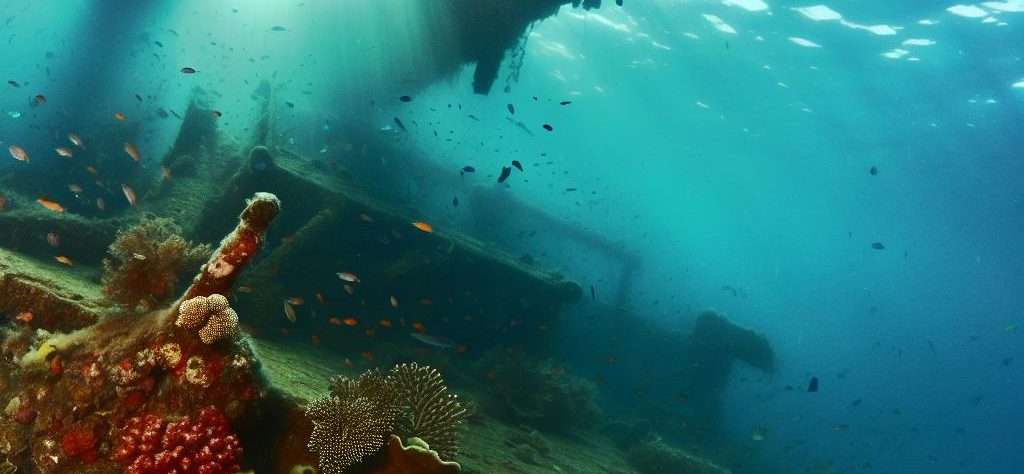Overview of the Sulu Sea
The Sulu Sea is an expansive body of water nestled in the southwestern region of the Philippines. Its remarkable clarity and exceptional marine biodiversity make it a standout location for underwater enthusiasts. Geographically, it is encircled by several notable land masses: to the northwest lies the island of Palawan, while Borneo is situated to the southwest. The eastern boundaries are defined by the islands of the Visayas and Mindanao. These geographical features not only frame the sea but also contribute to its unique ecological characteristics. For divers aiming to escape crowded spots in favor of remote and adventurous experiences, the Sulu Sea presents itself as a compelling choice.
Unique Diving Spots
The Sulu Sea is lauded for its numerous diving spots, each offering distinct experiences that cater to a diverse range of diving preferences. One of the most revered areas within the sea is the Tubbataha Reefs Natural Park. Recognized as a UNESCO World Heritage Site, this park is composed of two main atolls—the North Atoll and the South Atoll. These underwater formations serve as a habitat for a multitude of marine species, including sharks, manta rays, and sea turtles. The reefs provide vital ecological services by hosting vibrant marine life. Divers visiting this site are often left in awe of the breathtaking scenes unfolding underwater.
Another notable dive site in the Sulu Sea is the Jessy Beazley Reef. Although known for its challenging currents, the reef offers rich rewards for those willing to navigate its waters. The diverse marine life encountered here makes the effort worthwhile. Whether one is an experienced diver or an adventurous novice, the Sulu Sea’s offerings provide unforgettable underwater experiences.
Marine Biodiversity
The richness of marine life in the Sulu Sea establishes it as one of the most prolific reefs globally. This diverse ecosystem supports a vibrant tapestry of corals, fish, and crustaceans. Among the sea’s inhabitants are various endangered species that find refuge in its waters. The ecosystem’s complexity is not just a spectacle for visitors but a crucial component in maintaining marine balances.
Visibility is one of the sea’s most appealing features. Often exceeding 30 meters, the clarity allows divers to experience the underwater world in stunning detail. This visibility, combined with the abundance of marine life, creates an exceptional ambiance that enhances the diving experience. Every dive into the Sulu Sea reveals something new, reminding divers of the sea’s vast ecological wonders.
Conservation Efforts
Recognizing the ecological significance of the Sulu Sea, various conservation measures have been implemented to protect its precious resources. The establishment and maintenance of the Tubbataha Reefs Natural Park stand out as key actions in preserving the environment. Officials enforce strict regulations within this protected area to ensure sustainable practices and responsible tourism.
Divers and operators are required to adhere to these regulations to minimize human impact on the ecosystem. Such rules ensure that the site remains pristine for future generations while still providing opportunities for current enthusiasts to explore its wonders. These efforts exemplify a commitment to maintaining the ecological integrity of one of the world’s most significant marine environments.
Logistics and Accessibility
Accessing the diving sites scattered throughout the Sulu Sea typically involves embarking on a liveaboard trip. These trips are crucial for exploring the remote diving hotspots effectively. The logistics of such excursions are well-organized, allowing divers to focus on their adventures rather than the complexities of travel arrangements.
The optimal diving season in the Sulu Sea runs from March to June. During this period, sea conditions are usually at their calmest, providing favorable circumstances for diving activities. Given the popularity and limited availability of spots on these liveaboard trips, it is advisable for potential divers to book well in advance.
For additional insights into planning a diving trip to the Sulu Sea, local resources can be invaluable. Visiting local tour operator websites offers comprehensive information regarding itineraries, costs, and preparations necessary for a successful and ecologically mindful diving experience. These resources play a crucial role in ensuring that every visit to the Sulu Sea is not only enjoyable but also sustainable for the marine environment.

